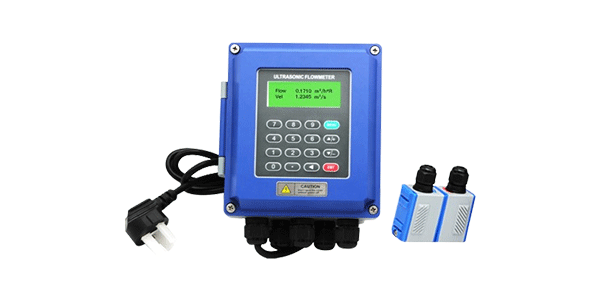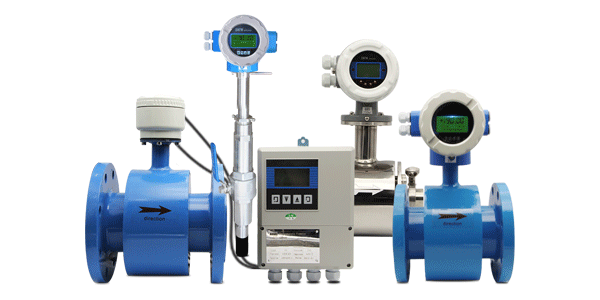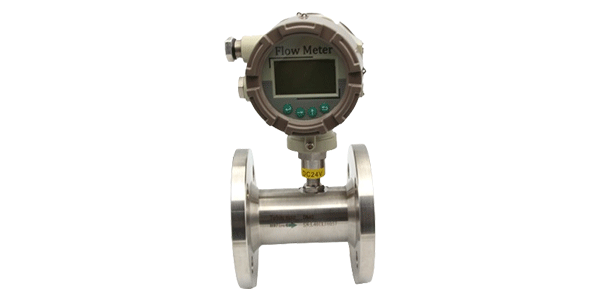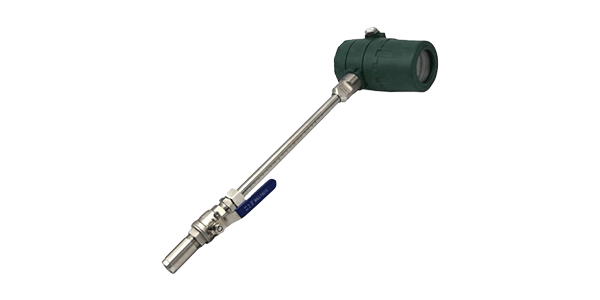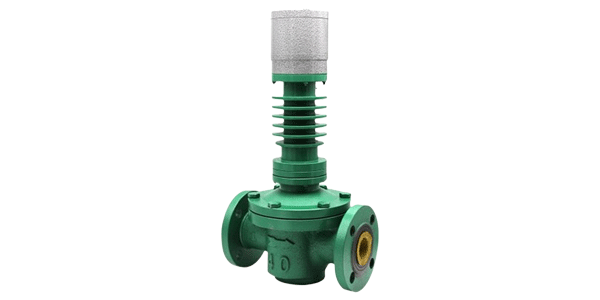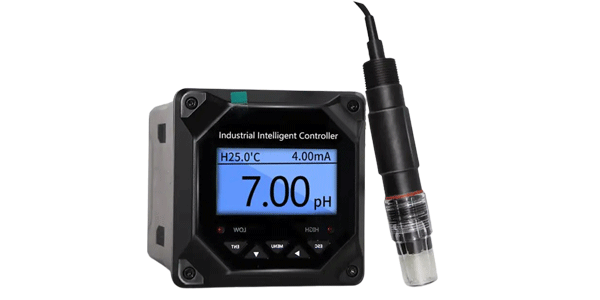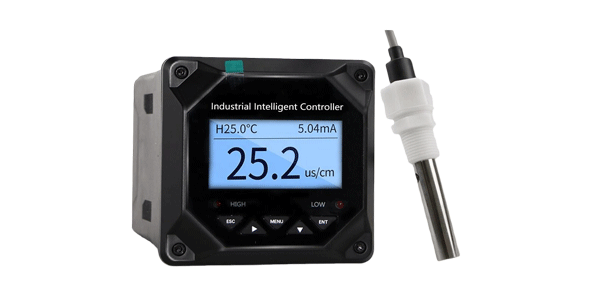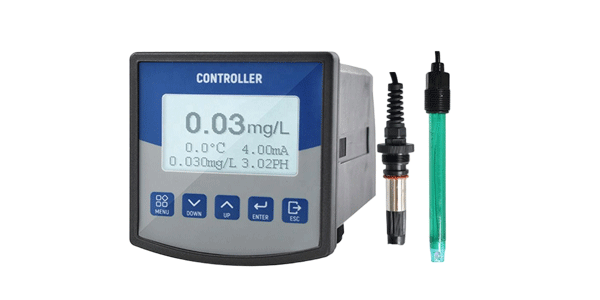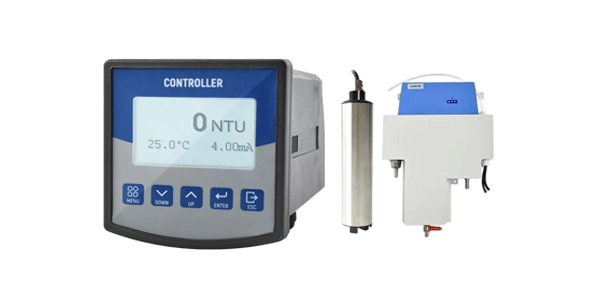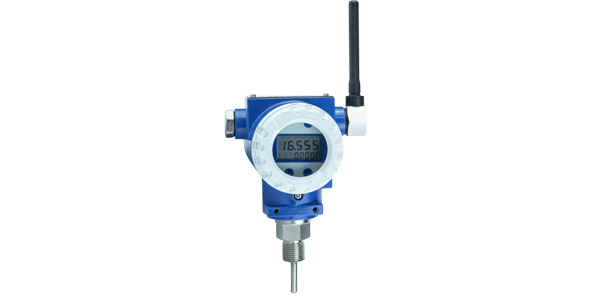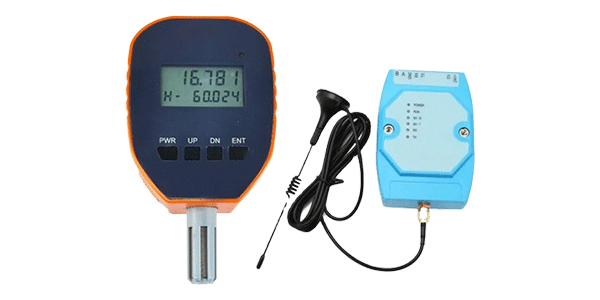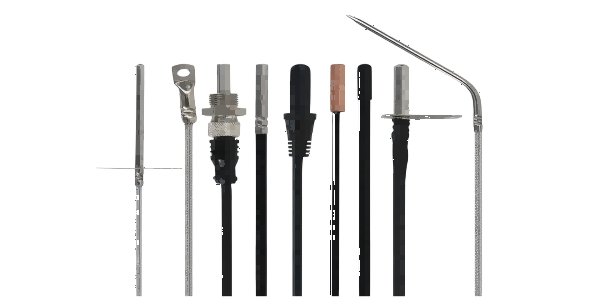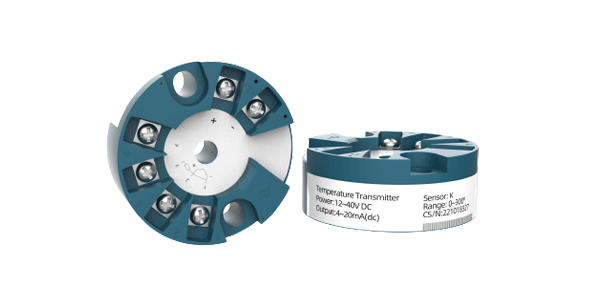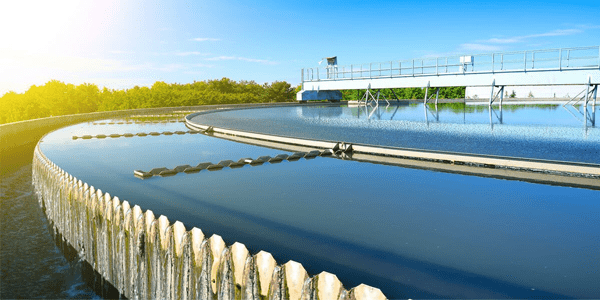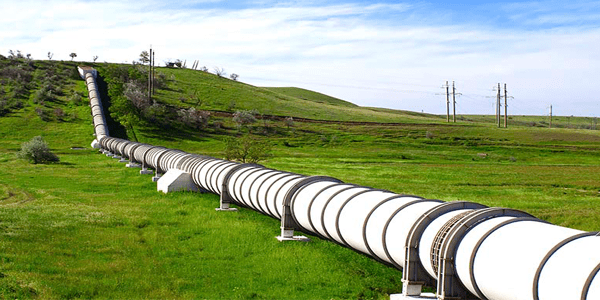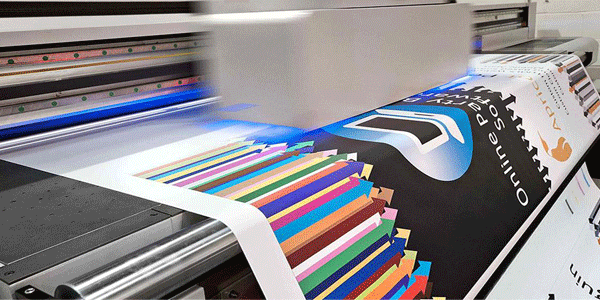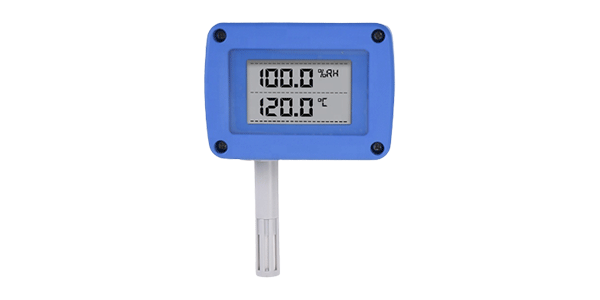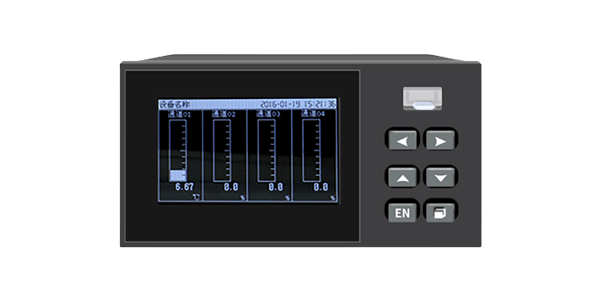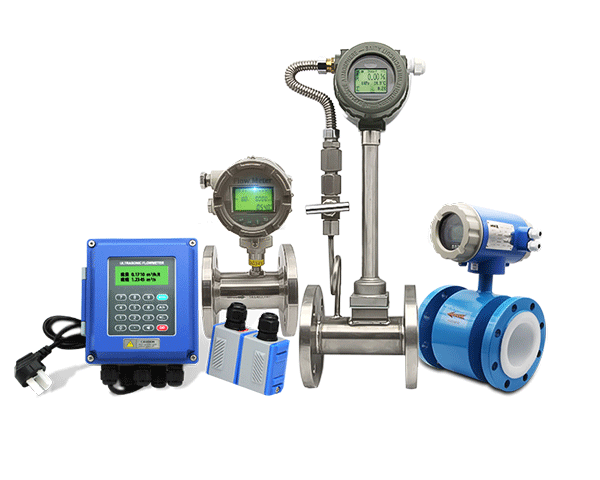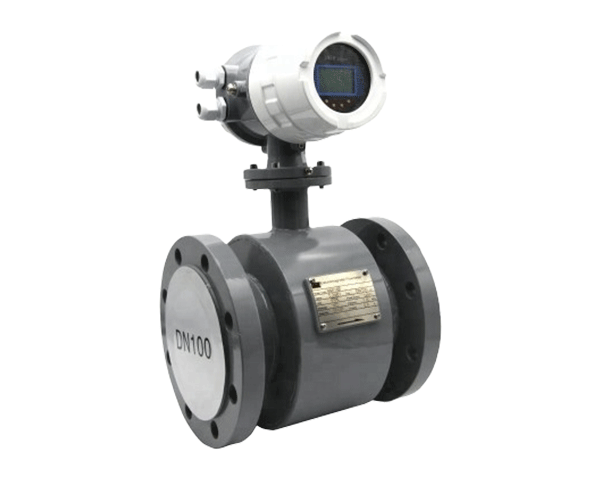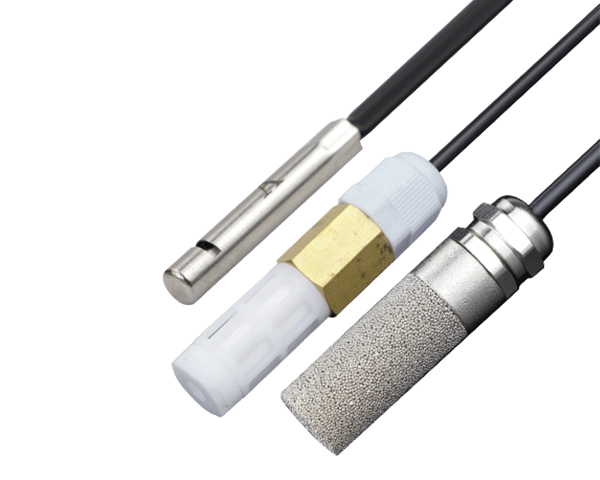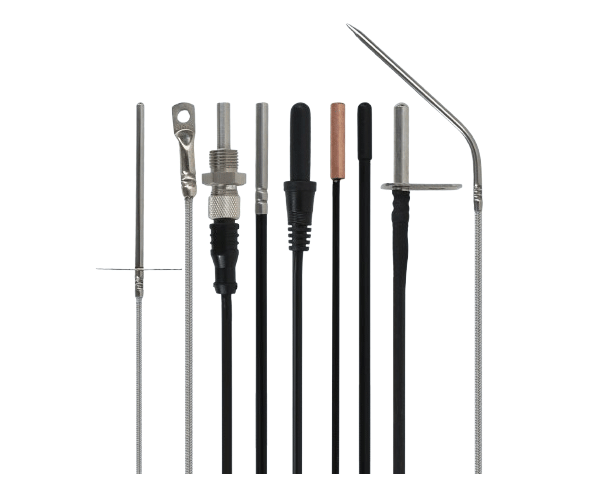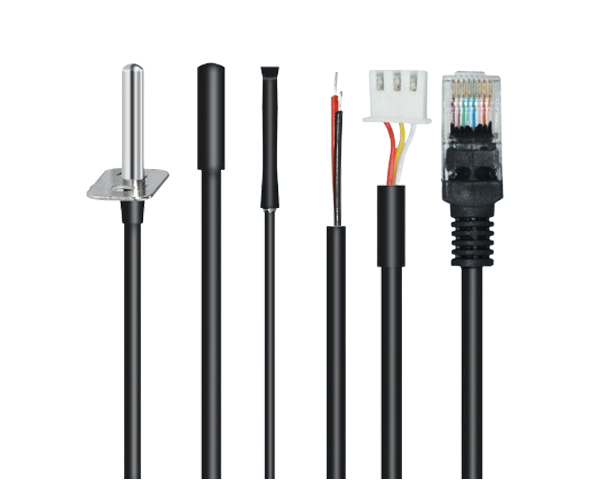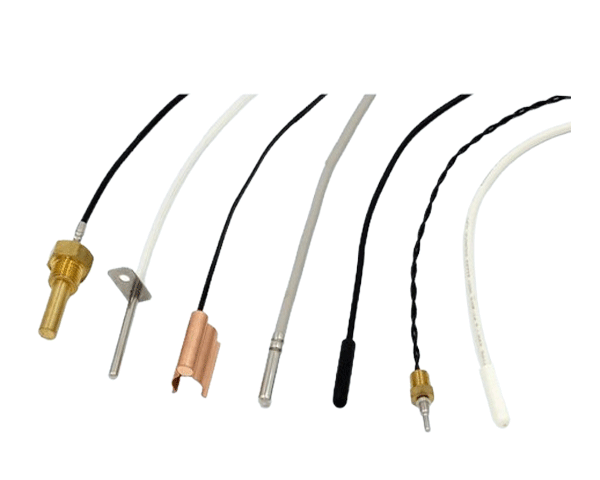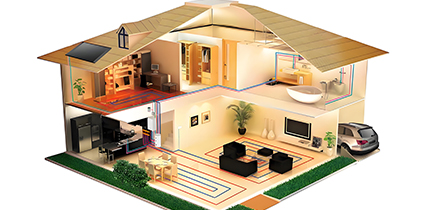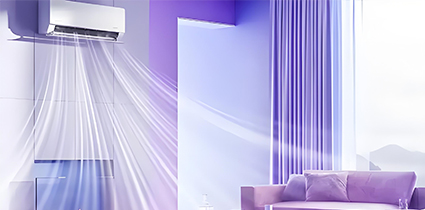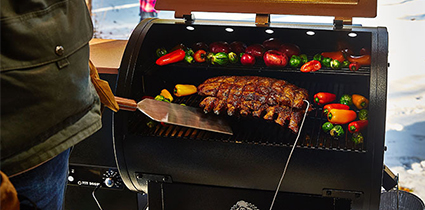What You'll Learn About 3D Printing Temperature Sensors
In this guide, you'll discover why temperature control is critical for successful 3D printing and how specialized sensors can dramatically improve your print quality. You'll learn about the specific requirements for 3D printing temperature sensors, explore effective product solutions, and get answers to the most common questions about implementing these sensors in your 3D printing setup.
Why Temperature Control Matters in 3D Printing
3D printing, also known as additive manufacturing, builds objects layer by layer using materials like powdered metal or plastic based on digital model files. Unlike traditional manufacturing methods, 3D printers offer greater flexibility and customization capabilities.
The most popular 3D printing technology is Fused Deposition Modeling (FDM), alongside other common technologies like SLA, SLS and 3DP. One of the most critical factors limiting FDM 3D printing accuracy is proper temperature monitoring and control during the printing process.
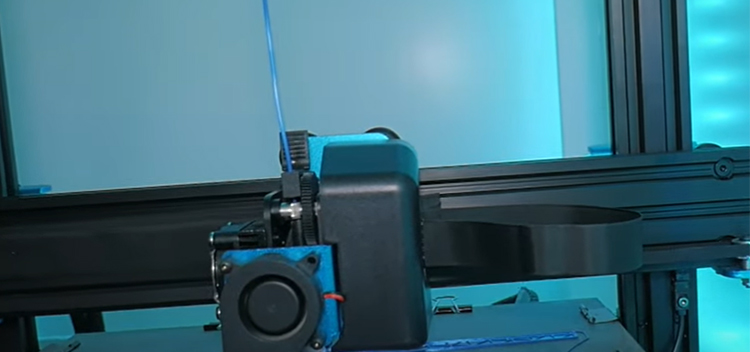

Essential Requirements for 3D Printing Temperature Sensors
High Temperature Resistance
To prevent nozzle clogging or printed workpiece deformation and warping, nozzle temperature is generally controlled between 100-280°C, while the hot bed temperature is controlled between 60-120°C. Your sensor must withstand these high temperatures consistently.
Fast Response Speed
Rapid response prevents excessive temperature fluctuations during printing, which can cause print quality degradation or complete printing failure. Faster sensors also improve your printer's overall production efficiency.
Compact Size and Easy Installation
With limited space in 3D printer assemblies, sensors need small form factors with simple installation and wiring requirements for practical integration into your printing setup.
Optimized Sensor Solutions for 3D Printing
Single-Ended Glass-Sealed Thermistor
This technology offers small size, high sensitivity, excellent heat resistance and weather resistance. The highly stable performance provides faster response, higher precision and longer service life for your 3D printing applications.
Brass Thread Probe Design
The brass thread probe ensures fast heat conduction with its compact size for easy installation. The exposed chip at the front end of the thread head can be customized to directly contact temperature measurement positions for faster response times in your printing process.
Protective Spring Mechanism
A protective spring installed at the connection between the probe and cable effectively prevents cable bending from causing sensor failure, increasing reliability and lifespan in your 3D printing operations.
High-Temperature Resistant Cabling
Cables made of Teflon or fiberglass single branch wire can withstand temperatures up to 450°C, taking up minimal space while providing convenient wiring solutions for your printer assembly.
Frequently Asked Questions About 3D Printing Temperature Sensors
Why is temperature control so important in FDM 3D printing?
Temperature directly affects material flow, layer adhesion, and cooling rates. Improper temperature control can lead to nozzle clogging, warping, poor layer adhesion, and dimensional inaccuracies in your printed objects.
What temperature range should my 3D printing sensor cover?
Your sensor should cover at least 60-280°C to monitor both hot bed (typically 60-120°C) and nozzle temperatures (typically 100-280°C), depending on the materials you're using.
How does sensor response time affect my 3D print quality?
Faster response times allow your printer's temperature control system to make quicker adjustments, preventing temperature overshoot or undershoot that can cause imperfections, poor layer adhesion, or failed prints.
Can I use standard thermistors for 3D printing applications?
While standard thermistors might work for basic applications, specialized 3D printing sensors with high-temperature resistance, fast response times, and durable construction are recommended for consistent performance and print quality.
How do I properly install a temperature sensor in my 3D printer?
Installation varies by printer model, but generally involves securing the sensor in the heater block with proper thermal compound, ensuring good contact, and routing cables away from moving parts while using strain relief to prevent damage.
What maintenance do 3D printing temperature sensors require?
Regular inspection for damage, cleaning of measurement surfaces, verification of calibration, and checking cable connections are recommended. Most quality sensors require minimal maintenance under normal operating conditions.
Ready to Improve Your 3D Printing Quality?
Explore our specialized temperature sensor solutions designed specifically for 3D printing applications. Get expert guidance to find the perfect sensor for your setup.
